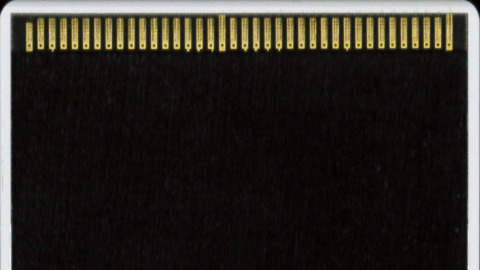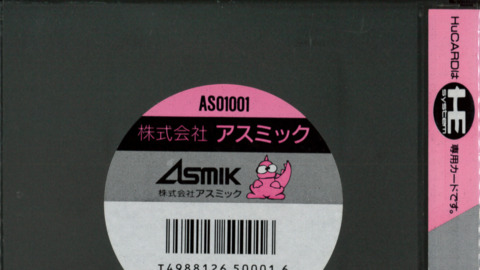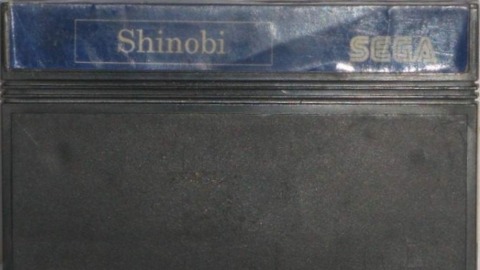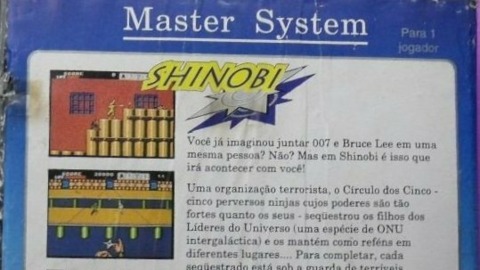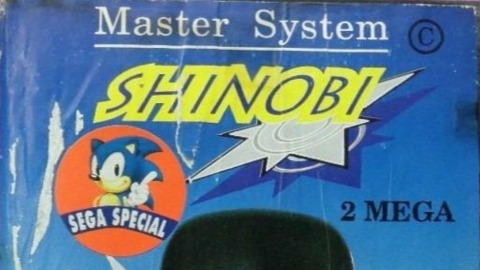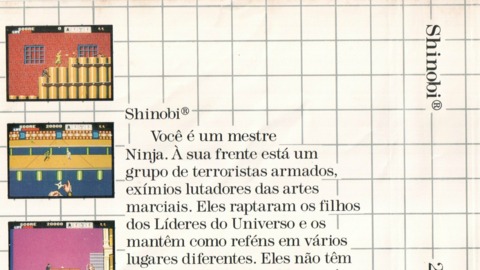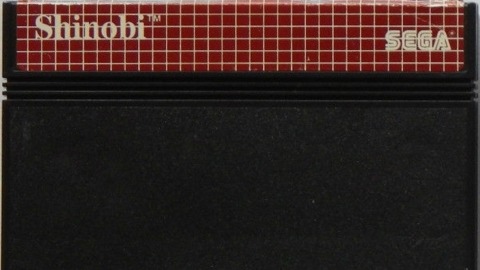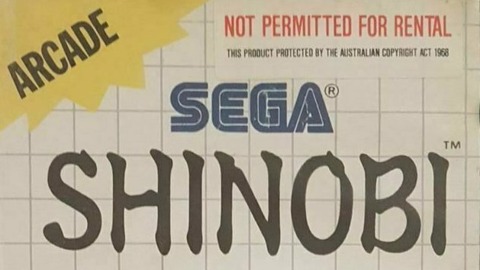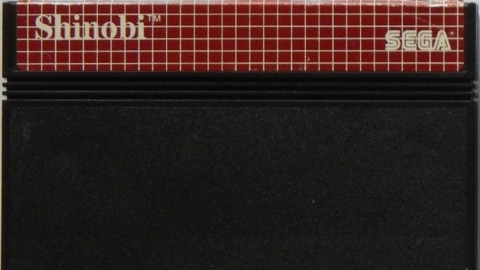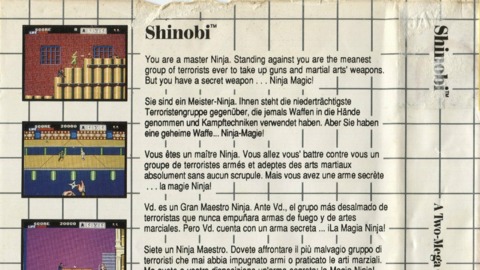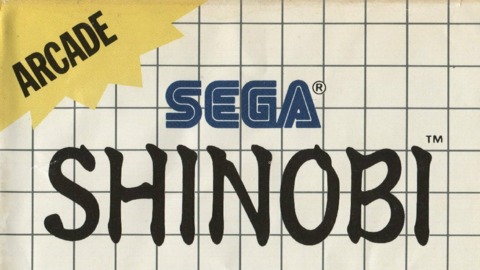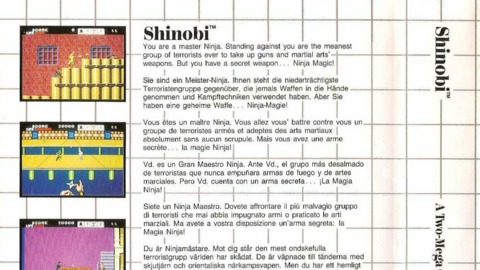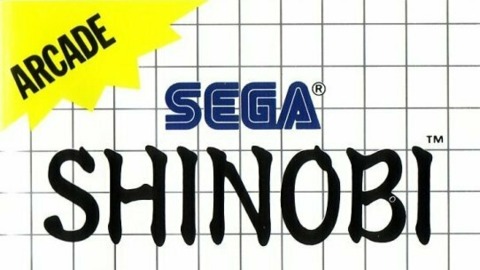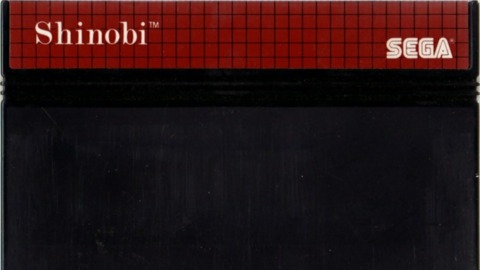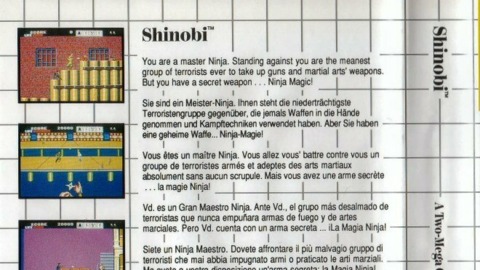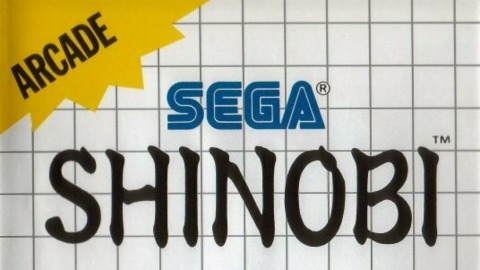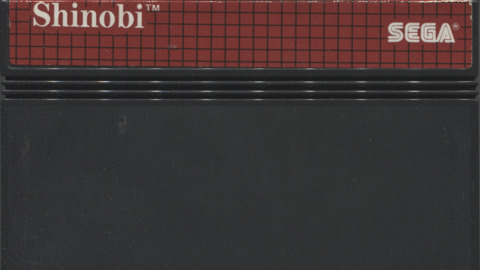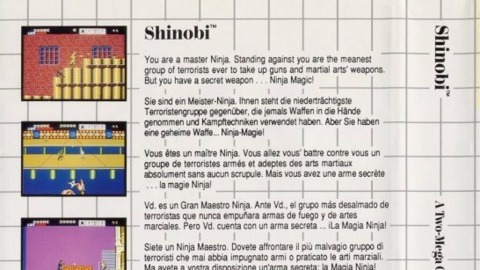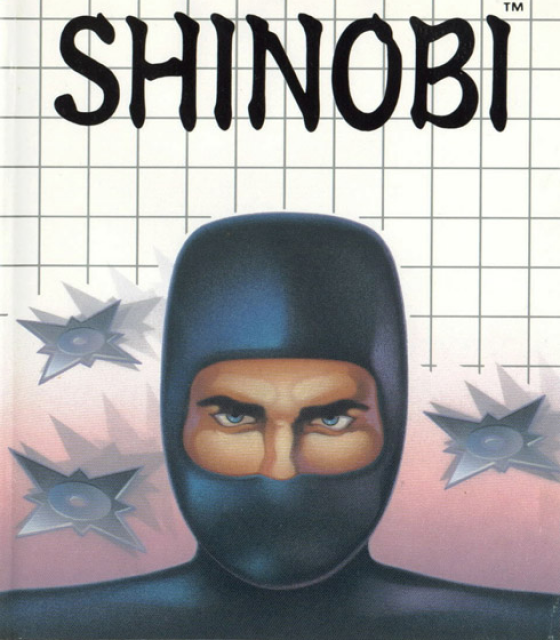Overview
Shinobi is a side-scrolling action game from Sega that was originally released in Arcades and ported to the Master System. It would later make its way onto a number of other systems, including the Nintendo Entertainment System. Shinobi saw multiple sequels for both the Arcade and for various Sega consoles.
Joe Musashi is a master ninja sent on a mission to release hostages and defeat a powerful opponent in each region across the city. There is one hostage per level guarded by a large guard with a shield which can either be killed or circumvented.
Gameplay

While playing through the main levels Joe is able to pick up different power-ups which include ninja magic, health or extra lives. The ninja magic can be used to add different abilities to the protagonist such as ninja stars or flame strikes. A health bar is present at the top of the screen and will grow with power-ups. Each level is designed with increasing difficulty and while there may be no save option in the original Arcade version once a hostage is rescued they stay rescued. The player will only have to power through the regular enemies while making their way back to the point of death. Power-ups will not respawn.
There are mini-games between the 5 missions and 19 rounds which have the camera looking from Joe's eyes in the first person. These mini-games have the player shooting ninja stars at anything from targets to flying ninjas who have some ninja stars of their own.
Graphics
The Two-Mega cartridge used for Shinobi was unable to handle the full animations from the arcade version, but most of the sprites were kept the same. The color count in each system was slightly different, the NES version being the lowest and the Arcade being the highest.
Audio
Different versions were again limited by their cartridge capacity and console. The SMS version used BGM_A music, boss music and bonus round music. The arcade was the only edition to use digital voice, all others used analog sound effects instead.

 Amiga
Amiga Xbox 360 Games Store
Xbox 360 Games Store Wii Shop
Wii Shop PC
PC
